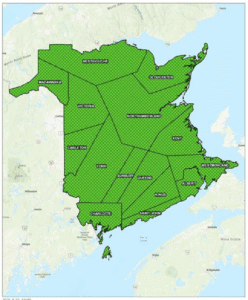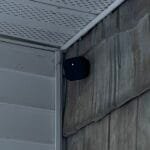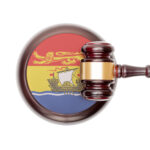Chilling Germination News …
By Michelle Corcoran, President, Florenceville-Bristol Garden Club
Ever have those special seeds that you hoped by starting early would be ready for that special garden spot and then – nothing, not even one, sprouted? It may be down to some extra preparation – called seed stratifying. There are different stratification processes, but I’m just reviewing the cold one for this article.
Why do seeds need stratification?
Seeds drop in the wild in the fall and have winter and spring conditions to grow. Cold stratifying provides seeds that “winter” experience of dormancy. It involves exposing seeds to cold, often damp periods, like in nature. Temperatures below 5 OC on a damp surface for about 2-6 weeks (fridge or freezer). Some seeds may need longer; do your research. Dormancy isn’t just about cold — it protects them from growing in less-than-ideal conditions. Cold helps break down the protective seed coat and allow water in for germination. We can artificially convince seeds that winter has come and gone, and it’s time to sprout!
Some seed packets may not include stratification info, so do your research. Some seeds helped from stratification (there are MANY) – coneflower (Echinacea), black-eyed Susan (Rudbeckia), primrose, milkweed, butterfly weed, delphinium, Bee Balm (Monarda), false indigo (Baptisma), hollyhocks, lobelia, some herbs like thyme, lavender.
What you’ll need:
Plastic baggies that zipper closed, damp medium, labels, and seeds. IMPORTANT: Read seed labels/ websites for seed-specific processes.
Steps for Cold Stratification:
- Soak seeds for 1-2 hours (room temp)
- Some seeds need help breaking down the hard seed coat, research. Scratch edge of seeds with some sandpaper
- Coat the seeds in a damp (not wet) vermiculite/ garden soil/ sand, or paper towel. I have used the damp paper towel with good success – it’s easier to see seeds. Use a double layer, one on the bottom of the seeds and one on top.
- Place in sealed baggie, label type of seeds/ DATE, put in the fridge
- Put reminders in your phone/calendar to check for mould/ rotted/ squishy seeds. Squishy seeds are not viable, pick them out.
- Take them out when FULL time has passed, OR they have started to sprout. Pot in potting soil.
It’s time to share seeds! Some tips:
Label your seeds! Use small plastic or paper envelopes. Include info about:
-
- annual (only grows one year), perennial (comes back year after year)
- name/ variety of seed, pictures
- hybrid or heirloom – hybrid seeds may not be true to parent plant
- year saved – the older the seed, the less viable it may be
- light/ soil needs -full sun, part shade, dry or wet area
- IMPORTANT – info about spreading. No invasive plants!
We are planning our Seedy Saturday event for March 15 – stay tuned for more info!
















